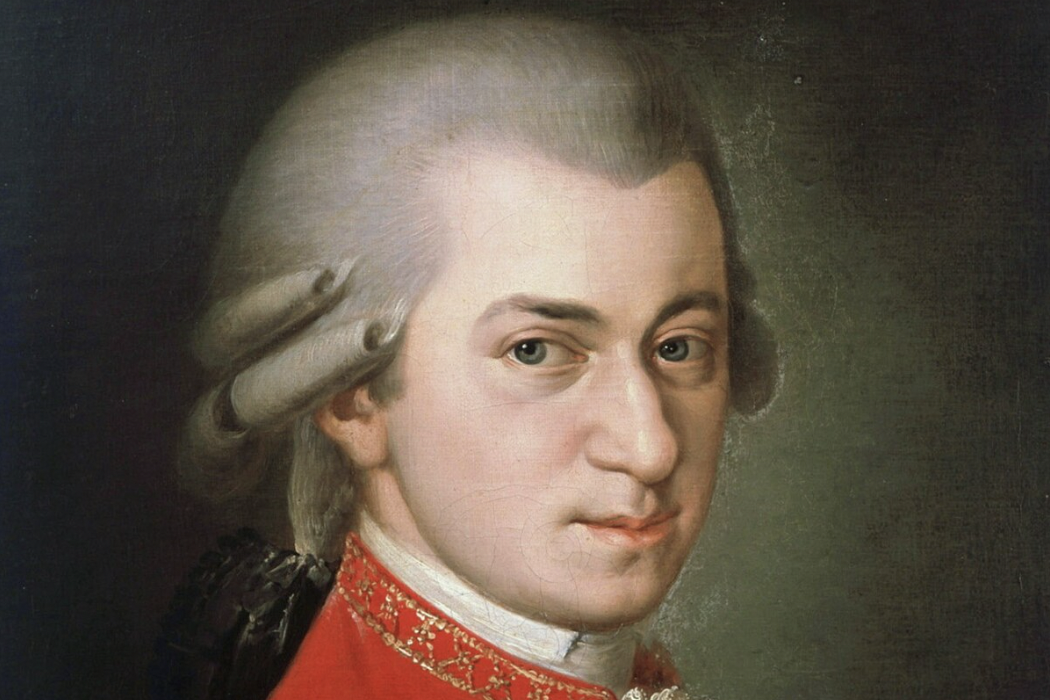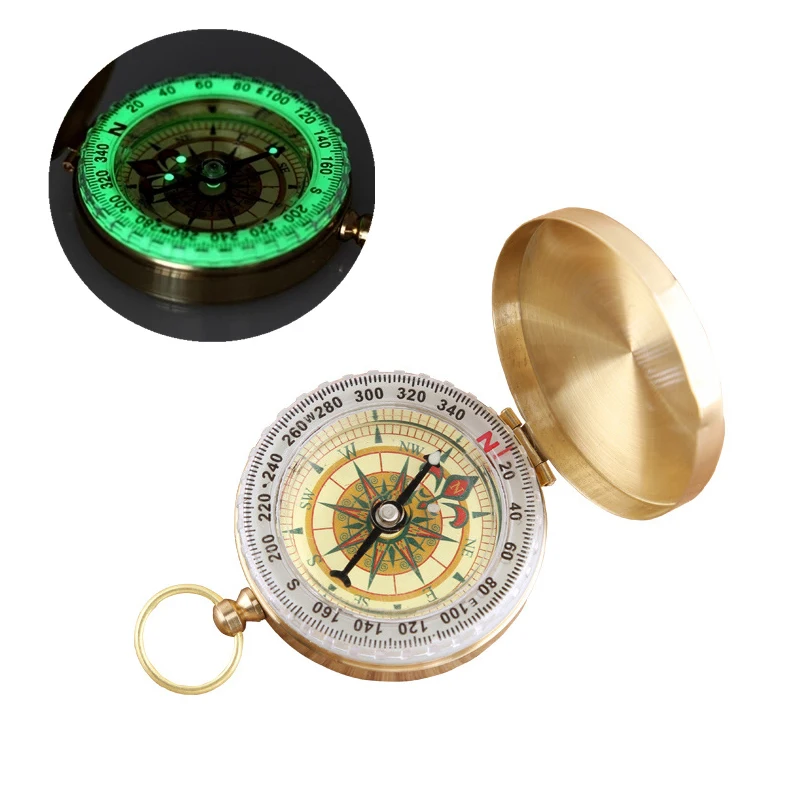Of an Age, or for All Time?
Two new books about Beethoven and Mozart refer us back to the composers’ works directly—with mixed results.

Why Beethoven: A Phenomenon in One Hundred Pieces, Norman Lebrecht, Pegasus Books, 352 pages.
Mozart in Motion: His Work and His World in Pieces, Patrick Mackie, Farrar, Straus and Giroux, 368 pages.
Jean-Paul Sartre wrote, “The genius of Proust is the totality of the works of Proust; the genius of Racine is the series of his tragedies, outside of which there is nothing.” In other words, latent talent is no good; to matter, it must eventually be actualized in discrete accomplishments. This is especially true for artists, who can be encountered as artists only in their creations. We must ultimately put aside the high-minded theories and intentions and simply go to the artist’s corpus to see what we find.
New books on two of the greatest musicians show the fruitfulness of this approach by reminding us just what genius sounds like. Patrick Mackie’s Mozart in Motion: His Work and His World in Pieces and Norman Lebrecht’s Why Beethoven: A Phenomenon in One Hundred Pieces share an emphasis on the composers’ works themselves, but they also reveal alternative conceptions of the relationship between artist and environment.
Lebrecht’s view is simple: “The place to meet Beethoven is in the music.” Why Beethoven’s approach follows from this basic conviction, with each chapter, most only a few pages, considering a particular work, or sometimes a grouping of works. Moving roughly chronologically, Lebrecht touches on pieces’ premieres, vignettes of Beethoven at work, and the ways that listeners have experienced the works over time.
Lebrecht is nicely personal and idiosyncratic, including anecdotes about exploring record stores, memories of conversations with conductors, and observations about Beethoven’s reception around the world; Fur Elise is somehow even more maddeningly overplayed in China than it is in America. He also gives substantial space to his opinionated but informed recommendations of the best recordings of each piece, and a handy Q.R. code in the prologue directs the reader to performances on YouTube.
These are all nice to know, but Lebrecht frequently offers only minimal analysis of what is actually going on in the compositions themselves, by his own lights the most important topic—a strange flaw that would make the book confounding for the Beethoven beginner. For example, discussing Beethoven’s third piano trio, he notes that the elder composer Joseph Haydn warned that the audience would find it inscrutable. But then Lebrecht doesn’t tell us a thing about the piece, beyond that it “snorts defiance.” Why was Beethoven’s aggression so startling for a Vienna accustomed to the gentility of Haydn and Mozart? We don’t learn.
Compounding the book’s inaccessibility is its scope: One hundred pieces would be a lot of Ludwig for anyone, especially when Lebrecht opines that some of them are not very good. But for someone already familiar with his work who is eager to move beyond the hits, Why Beethoven is a helpful guide to the broader canon and its interpreters.
Now, Sartre also correctly notes, “When one says, ‘You are nothing else but what you live,’ it does not imply that an artist is to be judged solely by his works of art, for a thousand other things contribute no less to his definition as a man.” It can therefore be immensely valuable to understand the context in which an artist worked, even if we must ultimately refer back to the outcomes of that work. Mackie’s Mozart in Motion takes this approach, considering both his music and the times that shaped it.
In contrast to Lebrecht’s strong emphasis on Beethoven’s oeuvre, Mackie argues that “thinking more deeply about the world in which he worked should also change how we hear his music.” For Mackie, Mozart’s world and work had a symbiotic relationship of sorts, the world setting the constraints and possibilities of the work, and the work giving voice to the sentiments and spirit of the world. Chapters accordingly weave together a part of Mozart’s life with a corresponding work. For example, the Sinfonia Concertante for Violin, Viola and Orchestra occasions a discussion of Mozart’s relationship to his father, an accomplished violinist and Wolfgang’s early business manager, while a discussion of The Magic Flute, an opera full of Masonic imagery, is aided by Mackie’s investigation into the ideas in the air, from Enlightenment philosophy to Romantic literature.
Sometimes this strategy goes too far. A musician can be influenced by his surroundings without his music becoming a commentary on them. Mackie tends to “psychologize” the music; one piano sonata is a “nimbly strident analysis of the frustrations of late enlightenment culture and of the artist’s place in it,” and another work “suggests that the highest relationships have values of equality built in.” Well, maybe. As Freud (apocryphally) told his overzealous followers, sometimes a cigar is just a cigar; in music, sometimes a chord is just a chord, no matter how beautiful. Elsewhere, the writing devolves into Zen koans, as when Mozart’s twenty-fifth piano concerto prompts Mackie to muse, “A free life does not abscond from fact and fate but recognizes and transforms their ceaseless impacts.” Overall, however, Mackie’s remarks effectively call the reader’s attention to what is noteworthy in a piece.
Together, Mackie and Lebrecht’s approaches reveal two ways of understanding the artist: In the former case, as rooted in a particular time and place, inevitably positioned in, though not reducible to, some context; in the latter, beyond time and place altogether, a sheer force of creation on its own terms, or perhaps on the terms of an eternal, unchanging beauty. For Lebrecht, Beethoven is an absolute musician, untainted by external factors: “Unbothered by practicalities, he touched the ethereal.” He even draws a comparison to Mozart, who “writes within the conventions of his time, where Beethoven has one foot way outside of them. Mozart is concerned with the here-and-now, Beethoven with the great beyond.” For Mackie, in contrast, Mozart’s significance is at least in part a matter of his encapsulation of his epoch: “Europe was wavering on the brink of modernity, and Mozart became the key artist of the modern world because his music was richly fired by so many of the factors and energies at work in this process.” To borrow Ben Jonson’s famous remark about Shakespeare, Mozart was “of an age”; Beethoven was “for all time.”
The question of which approach to the genealogy of genius is right may be impossible to answer, but it is worth noting that the composers themselves seem to endorse their respective writers’ views. Mozart acknowledges his influences, writing his “Haydn” string quartets in tribute to the master; Beethoven tells friends that he “learned nothing” from Haydn, his former teacher. Mozart often writes to please an audience, conceding his surroundings’ relevance; Beethoven writes for himself, contemptuous of his fans. At a performance of his thirteenth string quartet, featuring a contrapuntal monstrosity, the Grosse Fuge, audiences love the second and fourth movements; Beethoven, Lebrecht notes, “is furious. ‘Why these trifles?’ he shouts. ‘Why not the fugue?’” One cannot imagine Mozart turning apoplectic about an audience’s incorrect enjoyment.
Happily, we can enjoy both composers, and both books, without having to choose between their opposing visions of artistry. In his novella An End in Paris, Richard Wagner puts into the lips of a dying musician the credo, “I believe in God, Mozart, and Beethoven.” (Lebrecht mistakenly credits this to Carl Jung; fittingly, psychoanalysis seems to inspire false attributions.) These books don’t have much to say about God, but discovering, or returning to, the music they call us to celebrate shows us that Wagner knew of what he spoke.
The post Of an Age, or for All Time? appeared first on The American Conservative.




















































